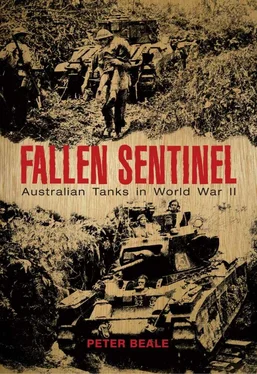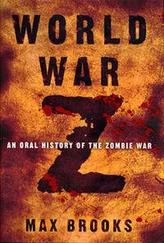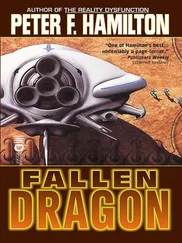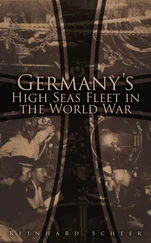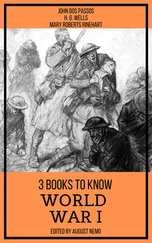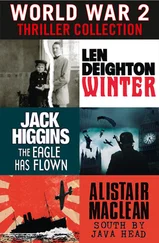The third factor was the role of the tank. Potentially appropriate roles included close support for infantry, and providing direct shell and machine-gun fire to complement indirect fire support from artillery; providing a flank guard for infantry and other formations, assuming the role previously filled by cavalry; anti-tank defence against hostile tank forces; and exploitation, in the sense of a heavy force capable of creating disruption behind enemy lines but equally capable of defending itself should it be attacked by hostile tank forces.
The fourth factor was the integration of tanks with other arms. Tanks needed to work at different times with infantry, artillery, engineers and air support. They required satisfactory systems of logistical support, including in particular the provision of supplies and the maintenance of all equipment. The degree to which these different arms should be permanently integrated one with another had to be determined and the appropriate organisational structure established. It was obviously possible to have a separate tank brigade which operated purely as a tank brigade. But from time to time it would need the support of other arms, particularly infantry and artillery. Should the different arms be permanently or temporarily integrated?
The answer to this question would determine the organisational structure and the command and control system for eth employment of tanks. The two ends of the spectrum for a divisional-size formation incorporating tanks were an infantry division with a small tank unit for reconnaissance, and an all-tank division with a small infantry unit to provide protection while in laager.
The three parties who would decide how to use tanks in the provision of national security were the Government, the War Office and those with experience of or interest in the use of armour. Their decisions included the structure of organisations that would use tanks and the doctrine for their employment.
The Government represented the views of the nation and, for several years after 1919, there was a general unwillingness to maintain armed forces of any size. The Treasury in particular posed an obstacle to any significant work either on equipment or experimentation to create modern formations.
The War Office was responsible for ensuring that the Army played its part in providing national security. The War Office also determined how much emphasis to place and what level of resources to provide each arm. There was relatively little documented battle experience with tanks, although they appeared to satisfy the aims of mobility and substitution of firepower for men.
The War Office was more forward-thinking from 1919 to 1939 than is often appreciated. It realised the need for a modern army that could meet any major threat that might develop, although it was hamstrung by the lack of money and resources to experiment.
The third group consisted of members of the Tank Corps and others who believed that tanks had to form part of a modern army. Cavalry had been shown to be obsolescent in the face of machine-guns, despite fighting some splendid battles in Palestine. Tanks, especially the light tanks, could easily take over the cavalry roles of reconnaissance and flank protection. Tanks would also form a much stronger strike force than cavalry.
Members of this group included Hugh Elles, Fuller, George Lindsay, 17Basil Liddell-Hart, 18Charles Broad, 19and Percy Hobart. 20Their enthusiasm was such that other arms began to fear that their roles would be threatened by the emerging Tank Corps and, as a result, reacted defensively. The personal attitudes of some of the tank men also did not help their cause.
In 1924, while still at the Royal Tank Corps (RTC) Centre, Lindsay began advocating for the establishment of a properly organised mechanical force. This force would consist of aircraft, armoured cars, fast tanks, motorised artillery, motorised mortars and motorised machine-guns. A small force of this nature presented an innovative military structure at that time, particularly as the fundamental omission from the structure was any mention of infantry.
In 1924 the CIGS was Lord Cavan, a somewhat conservative officer. 21Cavan retired in 1926 and, in February of that year, was succeeded by General Sir George Milne. Milne had commanded the British force at Salonika during the last two years of the war. He was known to his troops as ‘Uncle George’ and was open to new ideas and well aware of the difficulties of running the Army with very little money. He was persuaded (or he decided) to appoint Fuller as his Military Assistant. While the position of Military Assistant is not a highly significant role, the incumbent enjoys constant contact with the CIGS and has every opportunity to present ideas to him. This was therefore an excellent chance to lobby the highest military person in the Army for the use of armoured forces.
On 15 May 1926 Lindsay submitted to Milne (through Fuller) some suggestions for shaping the Army◦— and the Tank Corps in particular◦— for the probable requirements of a future war. Because the Army was short of funds it was forced to choose between manpower and weapon power. Lindsay recommended that the General Staff establish a mechanical force and conduct experiments to determine its most effective organisational structure. Milne had some reservations but, on balance, considered Lindsay’s idea positively.
Among the members of the War Office at this time was a Colonel Lewin who commented on Lindsay’s plan with the principal suggestion that some additional arms should be added to the mechanical force, in particular infantry, artillery, engineers and a reconnaissance company on motorcycles. 22Lindsay was opposed to the transfer of any fighting vehicles to other units, particularly cavalry, and wanted no infantry in the mechanical force.
This attitude created a problem for other units of the Army. It seemed that Lindsay was advocating funding for the RTC at the expense of every other type of unit, in particular the cavalry. This was not an attitude which was politically sensible, although Milne did endorse the policy of the RTC by authorising the creation of the Experimental Mechanical Force (EMF) in June 1926.
The EMF was to be based at Tidworth and under administrative command of the 7th Infantry Brigade. Fuller was offered command of the brigade, but declined. The EMF was formally established on 1 May 1927 under the command of Colonel Jack Collins. It comprised a medium tank battalion, a battalion of armoured cars and tankettes, a machine-gun battalion, a field artillery brigade and a field engineering company. 23It included no infantry, but there was some provision for support from the RAF.
The EMF conducted collective training in the summer of 1927, culminating in a mock battle on 27 September in which it was narrowly defeated by a division comprising infantry and cavalry. The results of the exercises were watched with great interest, not only by British observers, but also by those from several foreign powers.
Training of the Armoured Force, as the EMF had become known, recommenced in the spring of 1928. There was less interest shown in the training than there had been in the previous year and, after the final exercise, the Armoured Force was disbanded. This was partly because the training was considered repetitive and partly so that the results could be analysed and documented. This analysis and documentation was completed by Charles Broad and, in 1929, he produced the handbook Mechanised and Armoured Formations , generally known as the ‘Purple Primer’ because of the colour of its cover.
The Purple Primer is an important document in the sense that it is the first official statement on the use of armoured troops. The handbook is divided into two main sections which cover organisation and operations. Various formations are considered, including a cavalry brigade, a light armoured brigade, an infantry brigade, a medium armoured brigade and divisional and other troops. When these are combined to form a composite force, however, the infantry are omitted from any higher organisation.
Читать дальше
